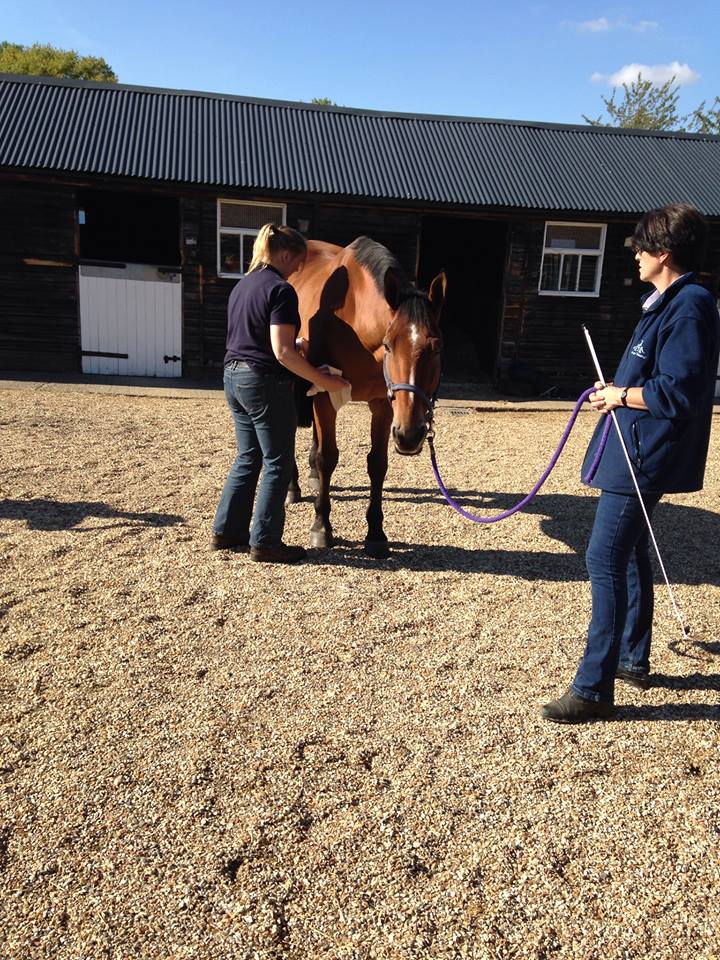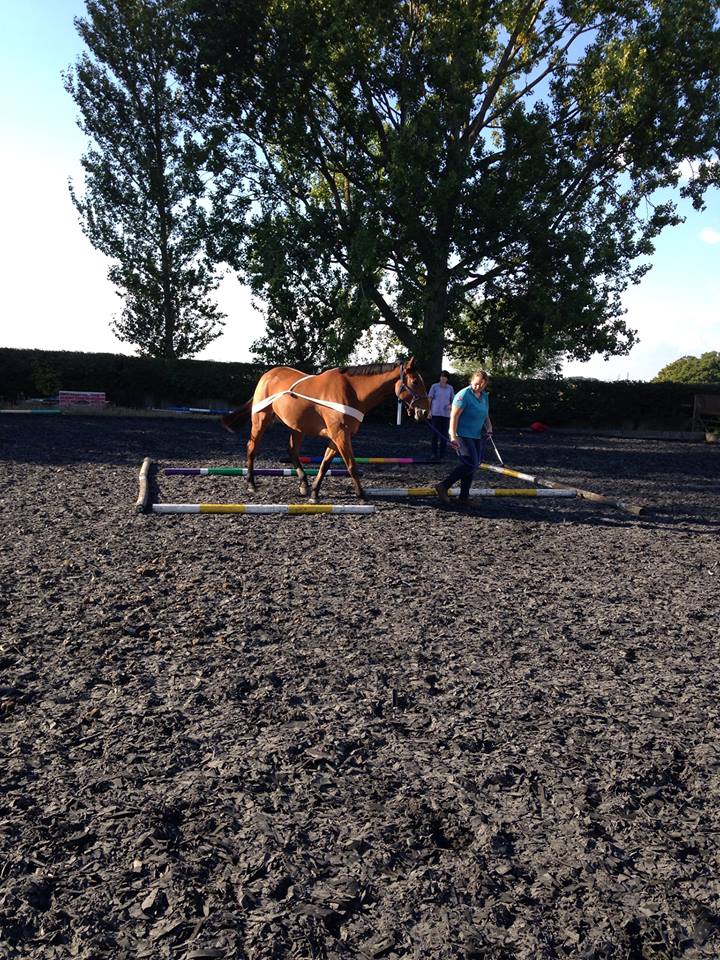Tellington TTouch Training was developed in 1978 by Linda Tellington Jones. This method of handling, training and rehabilitation is based on the principles of the Feldenkrais method, which works to activate unused neural pathways to aid in recovery, improve physical and mental performance, and increase the ability to learn. Linda successfully applied this to horses, and developed the Tellington Equine Awareness Method (TTEAM).


Introduction to Tellington TTouch Training for horses
This workshop will give you an opportunity to learn different Ttouches and leading positions as they arise according to what is happening with the horses during the workshop. This will enable you to work with live information and ask questions as they occur. You will get an opportunity to experience how your own posture and balance can influence the horse’s and how that in turn can either hinder or support rehabilitation. You will experience different leading positions in the groundwork, bodywork and wraps with each other as well.
- Observational skills – when the horse is stationary and in movement. This is related to posture, balance and tension. Discuss is there dysfunction and what you would like to see improved.
- Observe a demonstration on utilising the Tellington-Touch techniques to help with these issues.
- Experience the effects of the techniques through practice on each other.
- Practice in the school on each other using specific handling and leading techniques to enhance communication, balance and performance.
- Body work – to help engage the core, release tension in muscles and fascia and encourage learning, including pelvic tilt, tail work, python lifts, lick of the cows tongue, leg and back mobilisations.
- Return to the school with horses in hand to apply the techniques learnt in relation to their needs. This will include groundwork to improve proprioception, balance & co-ordination, using techniques such as dancing with your horse, Cha-Cha, Dingo, Homing pigeon, and work over poles.


